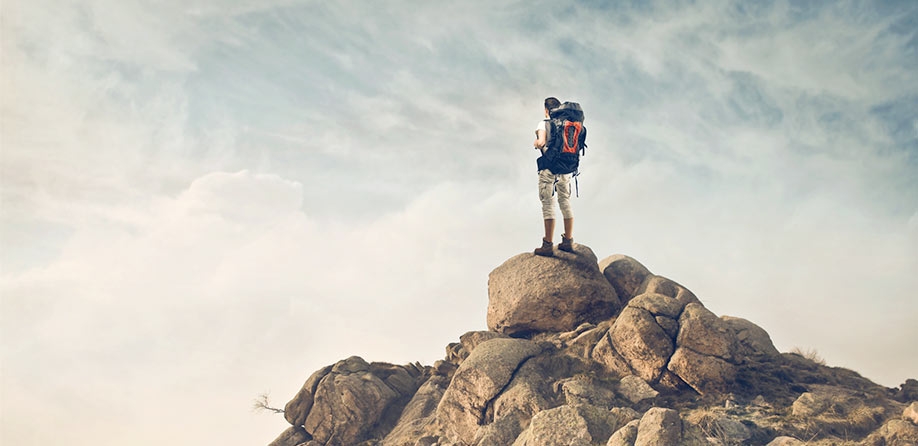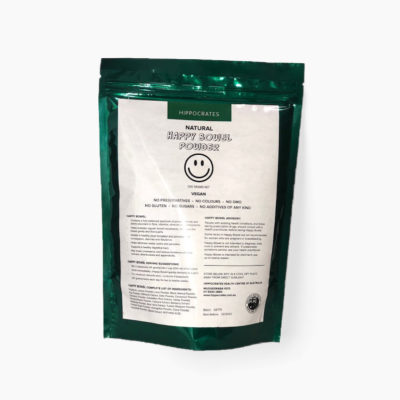Right now, as you are sitting there, reading this sentence, a number of answers may come to mind to the question, “Who are you, really?” These answers may have to do with various aspects of your supposed identity: your age, for example. Where you were raised. Where you went to school. Your employment. Your preferences in clothing, food, leisure and travel. Your endearing quirks. That cute little dimple you get every time you smile. Your vivacious spirit.
These are all aspects of who you are, but they are not you. No single characteristic makes up who you are, and most of them are mutable in any case. Jobs change, habits come and go, temperaments evolve. So what is that stable, immutable part of you which will always be you, your self?
The concept of no-self
Buddhist philosophy argues that there is no such thing as a fixed self. Right now, you just took a breath, and trillions of oxygen molecules came from the outside and exchanged with the carbon dioxide in your blood. Billions of blood cells moved around to nourish your body. You just read that last sentence, which means that millions of your neurons fired to see, process and make sense of these words on a page. As a result, you are not exactly the same as you were five seconds ago – you have changed. Perhaps not in a way obvious to the naked eye, but in a very real sense, you are different than you were a moment ago.
The ancient Greek philosopher Heraclitus once said that you never bathe in the same river twice, because it’s never the same river and it’s never the same you. If you were to look at a river, close your eyes, and open them again a few seconds later, every water molecule will have moved, the banks will have rearranged themselves by a little bit, and it will effectively be a brand new river.
You, too, are like a river. There is no fixed version of you. There is no self. The Buddhists call this concept anatta, or no-self. In fact, they say that nothing in the world has a fixed self; everything is in flux. Including you.
You may find this concept of no-self distressing: “Oh no! I don’t really exist! What am I to do?” Or you may find it a purely philosophical, not terribly practical exercise: “Well, clearly I’m here, so there is some kind of self. What’s your point?”
Let me offer another way to look at no-self: as a concept that can be both useful and liberating. Since this book is about dating, let’s think about it in a dating context. What would happen if no-self were true?
Well, you wouldn’t be afraid of rejection. And you wouldn’t be concerned about what others thought or said of you, since there is no you! As a result, you would be willing to approach and speak to any man you fancied. This would vastly increase the range of men you’d be able to date.
Since there’s no fixed self to hurt, you’d be less afraid of getting hurt in a relationship and more focused on the enrichment you can derive from the connection. When you do end up dating a man, you would be less likely to feel insulted or slighted by any of his actions, since you can’t take any of it personally. Your ego would not get in the way of a good connection. And when the time comes to part, you’d be less likely to feel hurt, rejected or abandoned, since there’s no self to be hurt, rejected or abandoned.
Suddenly, this no-self idea seems really handy. Is it really true? Who knows. Can it enrich your life? Absolutely.
For better or for worse, the concept of no-self is easy to grasp but challenging to implement. If we have conditioned ourselves for decades to have an ego and serve it, then we are probably not going to get rid of that tendency overnight. Buddhist monks spend entire lifetimes meditating in monasteries to get to anatta. Since that kind of commitment may exceed your available time and patience, here are some practical ways to bring more anatta into your life:
01Meditation. You don’t have to spend years in a monastery to derive benefit from meditation. As little as three 15-minute sessions a week is enough to start significant impact on your life.
This reminds me of an old Zen story about a student who comes to his teacher and asks earnestly, “O master, how can I achieve enlightenment?” The teacher says, “Go in that room and meditate about a cow. Just think about that cow with unwavering attention.”
So the student goes in the room, and meditates. He doesn’t come out all day. And then the next day. And the next. By the third day, the master gets worried, so he asks the student, “Aren’t you going to come out?”
And the student replies, “I would, but my horns won’t fit through the doorway.”
You tend to get more of what you focus on, to the point that you may even become what you focus on. So if you concentrate on the idea of no-self diligently, it’s bound to take a hold on your consciousness.
Another simple technique I like is the hong-sau meditation. Sit down with your back upright and your hands on your lap, palms upturned. Now close your eyes and focus on the space between your eyebrows, the ‘third-eye center’. Now with each inhalation, say to yourself the sacred Sanskrit syllable hong; with each exhalation, silently say sau (pronounced like ‘saw’)3. All the while, maintain your concentration on the space between your eyebrows, or third-eye center. You can make this your daily meditation practice, starting at 15 minutes a day and building from there.
02Do yoga. I think of yoga as a moving meditation. The more vigorous the practice, the better. Why? Because you’ll be so busy breathing, holding and balancing, you’ll have little mental space left for such trivial matters as the ego.
Once again, the key is to have a regular practice. The more you bathe yourself in this pond, the more of the old notion of self you’ll wash away. Practice at least twice a week if you want to see any appreciable results. Three or more times a week and you will notice some serious progress.
03Use the Reminder Technique. During the holy month of Ramadan, devout Muslims abstain from food and drink during daylight hours.
One of the requirements for your fast to be acceptable is to keep your thoughts and deeds pure in addition to refraining from eating and drinking. That gnawing hunger you experience in the pit of your belly is a reminder to be a better kind of person all day long. And the idea is that, after a whole month of that, you stand a real chance of behaving differently the other eleven months of the year, too.
You can do a similar version of that for the idea of no-self. An elastic wristband, a ring, an ink mark on your right thumb – anything can serve as your reminder to live the concept of no-self during the day. Use this reminder several weeks in a row, and the idea may just stick.
04Experience flow. Psychologist Mihaly Czikszentmihaly (pronounced ‘cheeks sent me high’) talks about flow – that optimal state in which the task is matched to the ability. You’re stretching yourself just a little bit, so the task is challenging (as opposed to boring) without being frustrating.
All of us have experienced flow at some point or another. For a pianist, it could be the performance of a Brahms prelude. For a rower, it could be that time when the whole crew works together as a unit and the boat ‘swings’. For a surfer, it could be paddling at just the right speed to catch and surf a perfect wave.
Whatever flow is, you’ve got to find it for you. And start doing that thing more and more. Why? Because when you’re in flow, you are the action. Ego dissolves, and there is no more you – there is only do. So think back to all those times when you were in flow, and seek out those activities again. You may be surprised to find yourself revisiting something you haven’t done in a long time which you still find strangely gratifying.
05Travel. Of all of the methods listed above, this may very well be the most potent. Much of what you consider your fixed identity is anchored into your environment: your dwelling, your workplace, the streets you usually drive, the supermarket you usually shop at, the drink you usually order, the people you usually hang out with, the clothes you usually wear.
Remove all those hooks, and a new version of you (or no-you) has a chance to emerge. The more removed the locale from your everyday experience, the more likely you are to let go of the fixed notion of self.
So go hang out with some Galapagos turtles, Peruvian shamans, African springboks, and Mongolian herdsmen. Then write back and tell me how it went.
By Dr Ali Binazir





